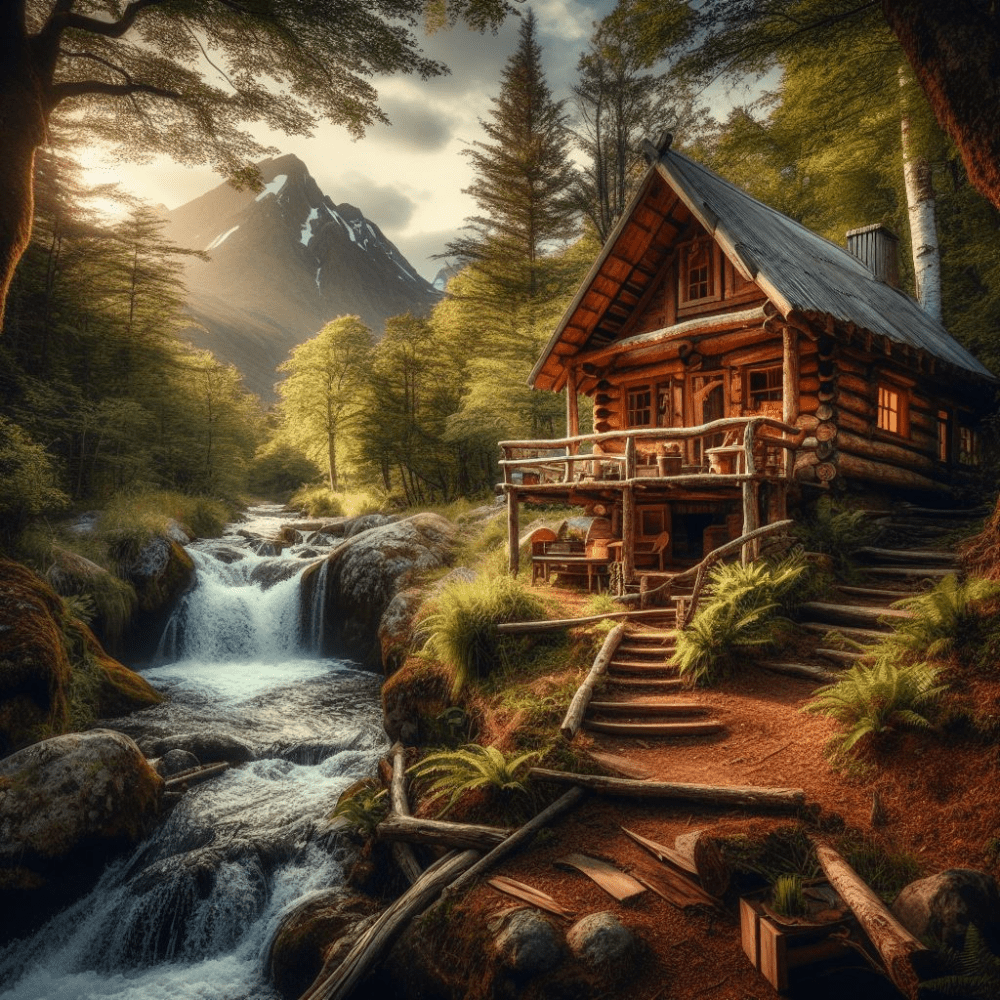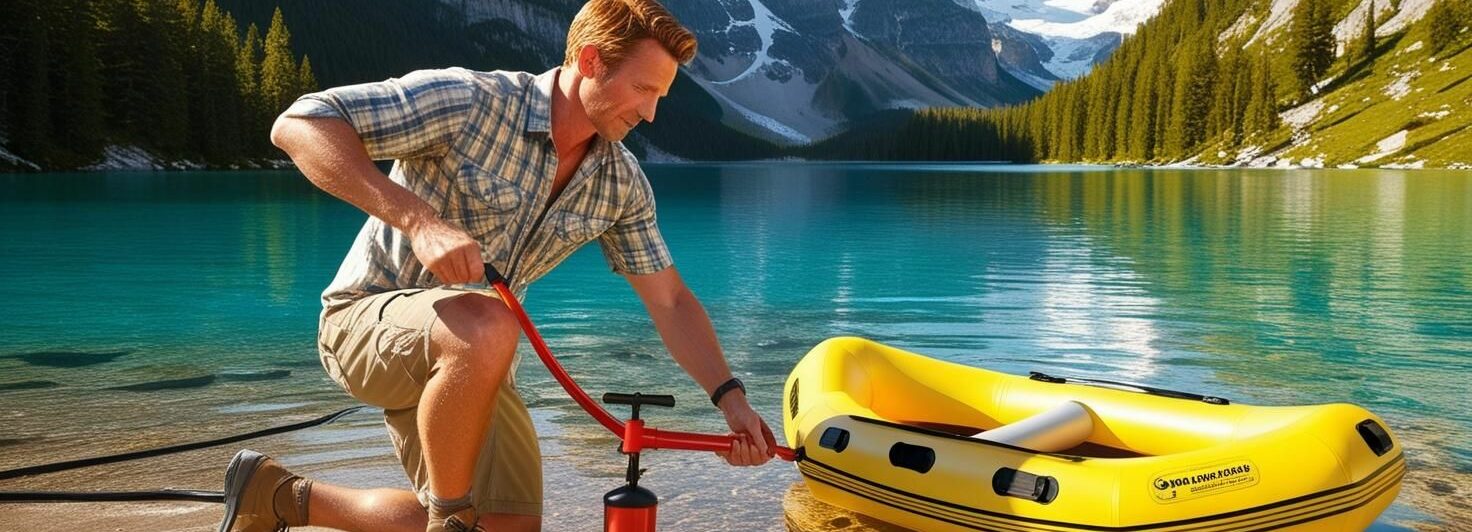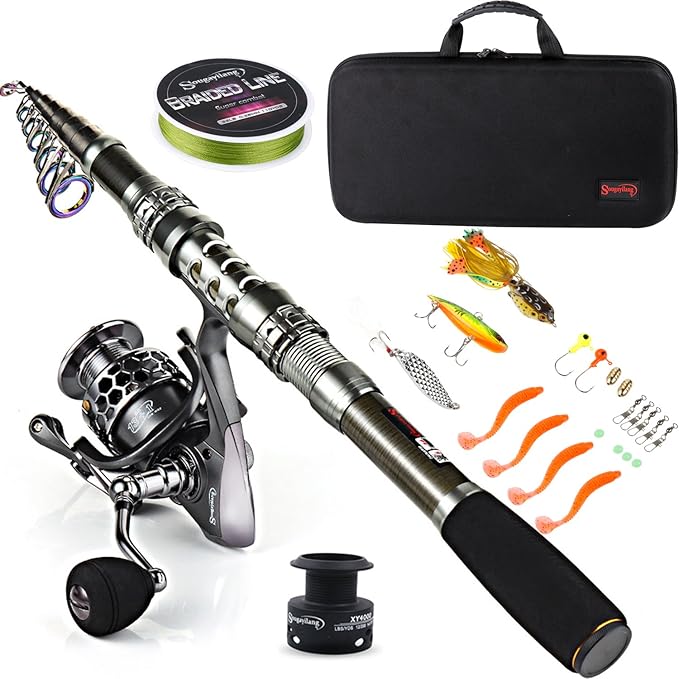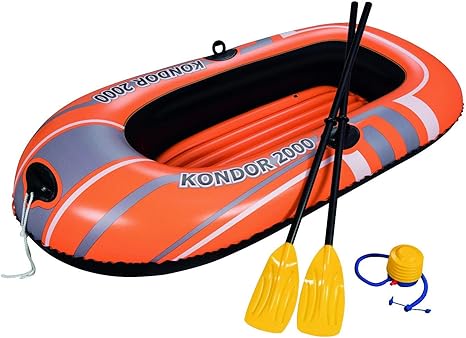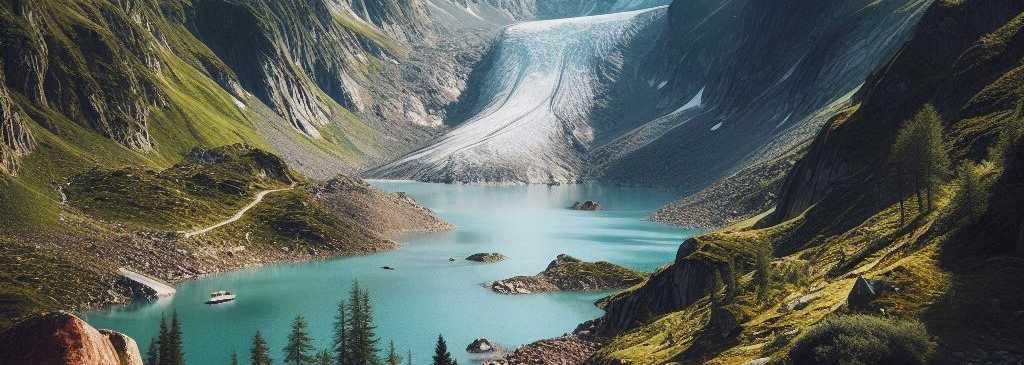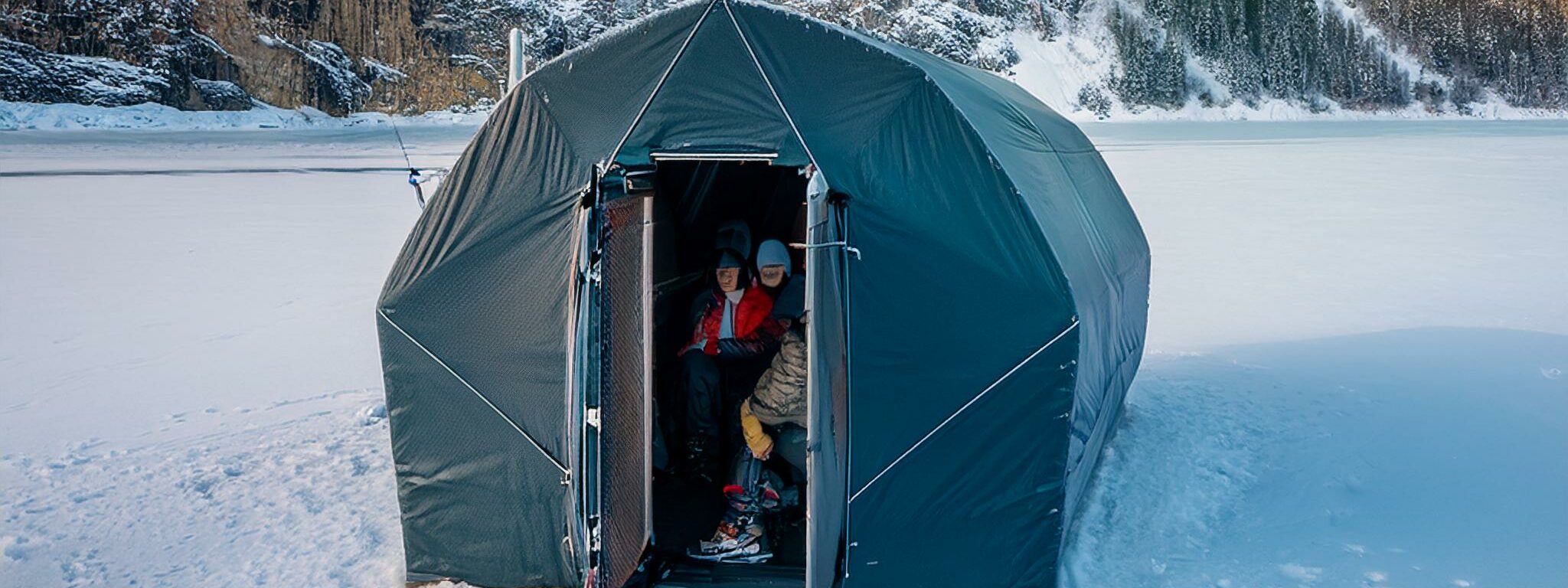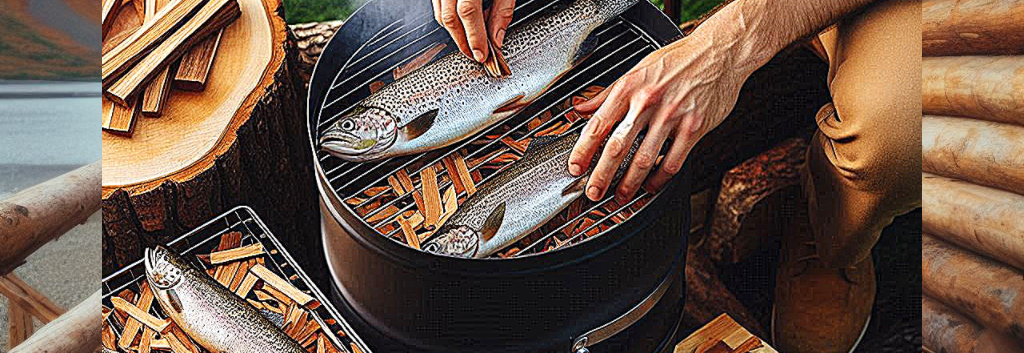Remote alpine lakes pack a unique charm, drawing you in with their silent beauty and crisp, untouched surroundings. There’s something soul-stirring about the still waters mirroring snow-capped peaks, where time seems to hit pause. Far from bustling trails and crowded campsites, these spots offer a serenity that’s pretty much unmatched. That’s the magic of being somewhere you can’t drive up to or easily reach; it’s yours and yours alone for a moment.
These tranquil waters host a rich variety of life that’s often overlooked. From rainbow trout darting just beneath the surface to vibrant alpine flowers dotting the shoreline, the biodiversity here is a feast for the senses. Alpine lakes are crucial ecosystems, serving as home to unique plant and animal species that have adapted to harsh, high-altitude conditions. For those who enjoy a bit of an ecological study while casting a line, they offer plenty to explore.
Visiting these remote spots isn’t just an escape; it’s a chance to reset and recharge, both mentally and physically. The hike itself clears the mind, and the untouched environment encourages deep reflection. As your feet hit the trail, your daily stresses tend to slip away with every step forward. The rewards don’t stop at the scenery – they extend to a full-body workout that’s more fun than hitting the gym. Walking those trails strengthens your cardio and muscles, while fishing hones your patience and precision. Fishing in these settings is rewarding not just for the catch, but for the way it brings you closer to nature, letting you live in the moment.
Preparing for the Backcountry Hike
When you’re gearing up for a trek into the wilds of an alpine region, having the right gear can make all the difference. Choosing lightweight, weather-appropriate clothing means you’ll be prepared for those unexpected shifts in temperature and weather. Layering is key—start with moisture-wicking fabrics and work up to a durable outer shell that can fend off those alpine winds or surprise rains. A sturdy pack that distributes weight evenly will save your back on those long stretches, and don’t skip on boots with solid ankle support to handle uneven terrain.
Safety out there isn’t just a buzzword; it’s essential. Navigating these high-altitude trails means you’ll want a reliable map, a compass, or GPS for when signals fade. Building some skills in reading the landscape and understanding your equipment can keep you on course even when the path isn’t clear. Also, keep in mind that alpine hiking takes you into spots where nature has the upper hand, so stock your pack with a first aid kit, plenty of snacks, and hydration options. High altitudes can mess with your body in weird ways, so take it slow and listen to what your body says.
Before tackling the hike, getting into good physical shape can really enhance your experience. Train with shorter hikes while gradually increasing the load in your backpack. It’s all about easing your body into the challenge so come trip day, you’re ready to enjoy every bit of it. And don’t forget to get familiar with high-altitude conditions to avoid altitude sickness. This can mean anything from moving gradually in elevation and staying hydrated to knowing the symptoms of altitude sickness before you even hit the trail.
The Compact Traveler’s Secret Weapon: Small Rubber Rafts
Going all out on a backcountry adventure doesn’t mean hauling heavy gear, especially when it comes to fishing a pristine lake. That’s where a small rubber raft comes into play. Easy to pack and light on weight, these inflatable boats let you glide over that crystal-clear water without the hassle of a canoe or kayak.
The real beauty is in their portability. Imagine stuffing a deflated raft right into your backpack like it’s just another jacket. Pick one that’s both lightweight and durable, designed to withstand the rugged conditions of alpine terrain while not being a strain on your shoulders during the hike. Look for materials that resist puncturing, as sharp rocks and sticks are often hidden in these isolated spots.
Getting it ready is a breeze. You can inflate these rafts using just your breath if you’re feeling patient, or go for a small hand pump for a quicker setup. It doesn’t take a muscle-bound hero to get this done; just a few minutes of effort and you’re ready to float. Make sure to test your pump at home – no one wants to arrive with broken tools. Trust me, a bit of pre-trip practice inflating and deflating can save time and frustration down the line.
These rafts also offer a tactical edge for fishing. Reaching those hard-to-cast spots along the underwater weed lines can yield impressive catches. Being out on the lake enhances your view and can make casting more precise. Plus, with fewer human scents on the shore, you’re better positioned not to spook the fish.
It’s more than just functional; it’s part of the adventure. Paddling out into the middle of an alpine lake takes fishing to another level. It becomes an experience where you’re not just a spectator, but an active participant in the environment, surrounded by panoramic views that are well worth every ounce of effort.
Fishing Techniques for Alpine Waters
Fishing in alpine lakes often means adapting your technique to the unique conditions you find at high elevations. The water’s clearer, the air’s thinner, and the fish might be a little more cautious. Rainbow trout are the headliners in these pockets of wilderness, commonly joined by cutthroat and brook trout. Understanding their habits gives you an edge, as these species typically hang out near the shorelines or plunge deep during warmer days.
Choosing the right bait is key. Go for smaller lures that mimic the local insect life, often the main diet for these fish. Dry flies and lightweight spinners work like a charm, conjuring up just enough activity to lure fish in without being too obvious. Might be a good idea to keep a variety in your tackle box since what works one day might not the next.
Mastering the art of the gentle cast is where you can really sharpen your skills. With water so clear, fish spook easily, so a soft, stealthy approach is what you need. Remember, patience pays off big here. Try practicing sidearm or roll casts to keep disturbance to a minimum, especially when you’re drifting quietly on your raft.
Fishing in these secluded spots requires more than just technique; it’s also about doing it ethically. Always familiarize yourself with local fishing regulations before you pack your gear. This often means catch and release to preserve the precious wildlife population. Your fun shouldn’t come at the cost of future ecosystems. It’s about the balance, respecting the space and the sport.
An understanding of conservation practices enriches your backcountry experience. Keeping an eye on the health of the fish as you release them, maintaining clean gear to avoid invasive species, and leaving your spot just as pristine as you found it are all integral to returning to these untamed spaces. Being a conscious angler ensures these stunning environments are preserved for years to come.
Capturing Memories and Practicing Leave No Trace
A trip like this deserves to be remembered, and what better way than through photography and journaling? As you’re out there casting your line from the rubber raft, keep a camera handy to capture those stunning morning reflections or the midday sparkle on water. A good-quality waterproof camera ensures you get the shots without risking your gear. Couple those photos with a few written notes about your day, the bite patterns, or just how the air smelled—it’s a surefire way to relive the adventure once you’re back home.
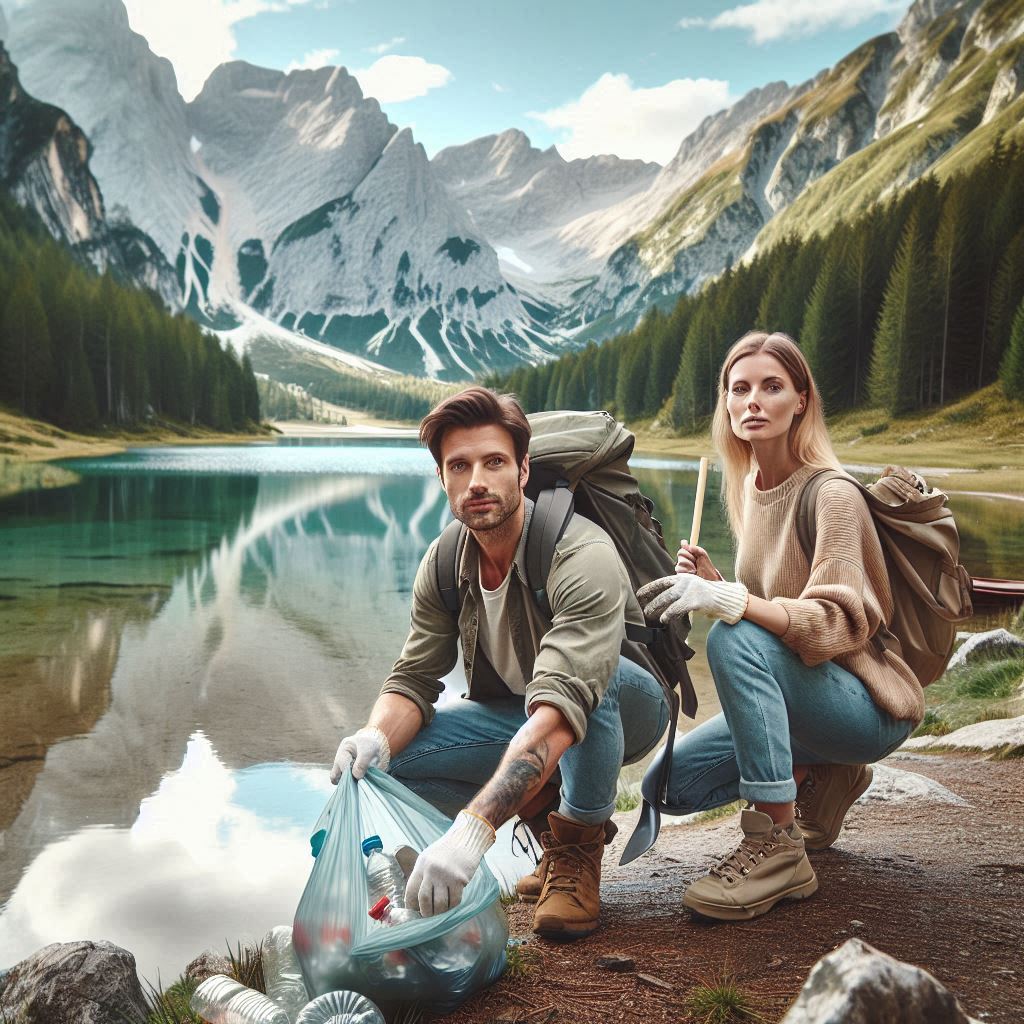
Living by the ‘Leave No Trace’ principles is crucial when you’re exploring these remote corners of the world. Everything you pack in should come out with you. This means taking back trash, leftover snacks, and broken lures. Keeping these natural areas pristine preserves them for the creatures that call it home and for fellow adventurers.
Being mindful extends to minimizing disturbances to the ecosystems. Stick to established paths, avoid trampling wildflowers, and tread lightly, especially when setting up a temporary base or during photo stops. Each small act helps maintain the delicate balance that makes these places so special.
Share your experiences responsibly when you get back. Whether it’s posting on social media or swapping stories with pals, there’s a ripple effect in how the tales are told. Highlight the beauty, but also the importance of protecting these spaces. Encouraging others to practice respect ensures these environments remain as inviting as they are today.
Stewardship isn’t just about regulations; it’s about heart. When you take the time to care for these environments, you’re contributing to their preservation. It’s about giving back to the wilderness that offers so much peace and adventure. That’s a proud legacy to leave, ensuring future generations can also wander and wonder in the wild, just as you did.
